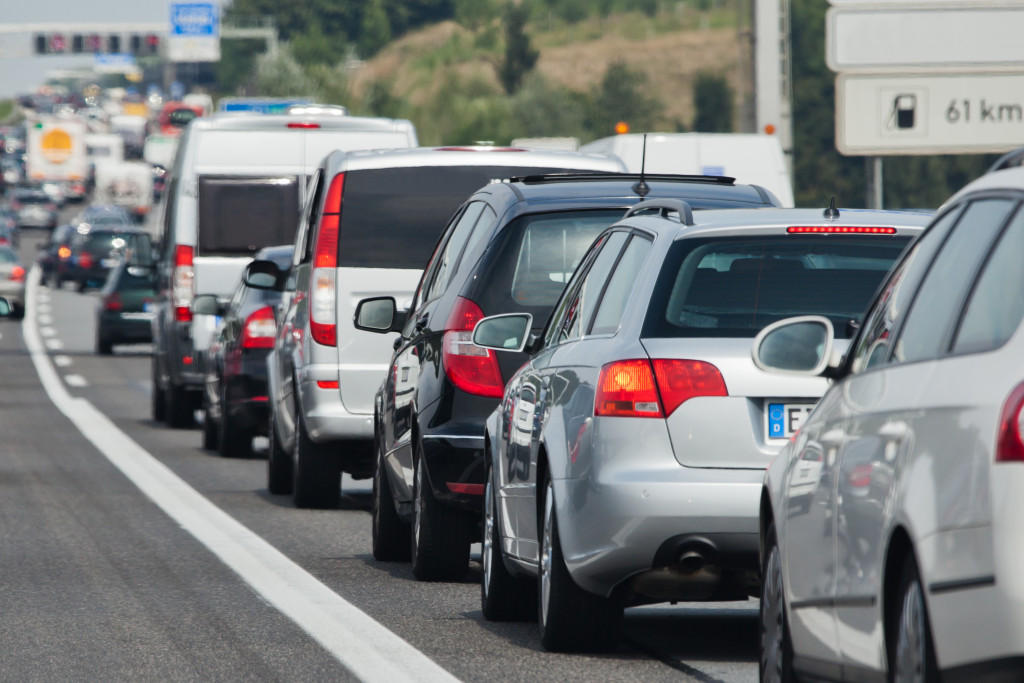• Air pollution is a pressing problem caused by industrialization and urbanization, with two main categories of pollutants: primary and secondary.
• It can cause various acute respiratory issues, like asthma attacks and difficulty breathing, as well as long-term chronic conditions.
• The most vulnerable to its effects are children, the elderly, and people with preexisting conditions.
• People can reduce their exposure to air pollution by staying indoors when the AQI is above 100, and avoiding exercising outdoors during poor air quality.
With industrialization and urbanization, air pollution has become an increasingly pressing problem. Unfortunately, air pollution has a significant impact on your health. Here’s a look at the different types of air pollutants, how they affect your body, and what you can do to protect yourself from their harmful effects.
Types of Air Pollutants
There are two main categories of air pollutants—primary and secondary. Primary pollutants are produced directly from factories, power plants, cars, etc. Examples include carbon monoxide (CO), sulfur dioxide (SO2), nitrogen oxides (NOx), ground-level ozone (O3), and particulate matter (PM).
Secondary pollutants form in the atmosphere when primary pollutants interact with other compounds, such as sunlight or water vapor. Examples include photochemical smog, acid rain, and ground-level ozone.
Effects on Your Health
Air pollution can have various adverse effects on your health depending on the type of pollutant and its concentration in the air you’re breathing. Here are some results of air pollution on your health.

Short-Term Effects of Air Pollution
Air pollution can cause various acute respiratory problems, including asthma attacks, coughing, and difficulty breathing. The most vulnerable are children and the elderly, who are more prone to complications from air pollution exposure.
Even healthy adults may experience irritation in their throats or eyes when exposed to high air pollutants. In addition, studies have linked short-term exposure to air pollution with increased risk for heart attack, stroke, COPD exacerbation, bronchitis, pneumonia, and other respiratory illnesses.
Long-Term Effects of Air Pollution
The long-term effects of air pollution can be even more dangerous as they accumulate over time. Prolonged exposure to air pollutants increases the risk for chronic conditions such as cancer and cardiovascular disease. Research has also shown that prolonged exposure to air pollutants can damage lung tissue and lead to accelerated aging in the lungs.
This means that people living in areas with high levels of air pollution are more likely to experience symptoms associated with chronic obstructive pulmonary disease (COPD), like emphysema, at younger ages than those living in areas with lower levels of air pollution. Additionally, studies have found that some forms of particulate matter (PM) in polluted air can enter the bloodstream and increase inflammation throughout the body, potentially leading to obesity and other chronic diseases.
Protect Yourself Against Air Pollutants
It’s essential to take measures to protect yourself against air pollutants if you live in an area with high levels of air pollution. Here are some tips to reduce your exposure: stay indoors when the air quality index is above 100 (for most areas); wear a face mask when going outside if possible or use an indoor or car ventilator filter system; avoid exercising outdoors during times when the AQI is above 100 or if there is visible smoke or haze in the sky due to fire season or heavily polluted days/weeks/months in certain areas around the world that experience high levels of air pollution regularly throughout certain parts of the year.

Reducing Air Pollution
Lastly, you must help your community reduce air pollution. By doing this, you’ll never have to worry about its effects on your health ever again:
Buy an EV
An electric vehicle can help reduce your carbon dioxide emissions and other air pollutants. Make sure to choose an EV with the latest technology for maximum efficiency. This can reduce the overall EV cost of ownership since they require less fuel and maintenance. Moreover, it can help reduce the emissions produced by your community.
Reduce Vehicle Use
Carpooling, biking, or walking can significantly reduce your overall carbon dioxide emissions. You should also opt for public transportation whenever possible, as it’s much more efficient than using a personal vehicle.
Use Sustainable Energy Sources
Renewable energy sources like solar and wind power can help reduce your carbon footprint. Not only do they produce clean energy, but they also don’t release any air pollutants into the atmosphere.
Be aware that air pollution severely impacts your health and should not be taken lightly. However, people can minimize exposure to these dangerous particles floating through the atmosphere by taking proactive steps. It is also essential that people work with local governments and businesses to reduce emissions from primary sources such as factories so that everyone can breathe fresh, clean air every day!